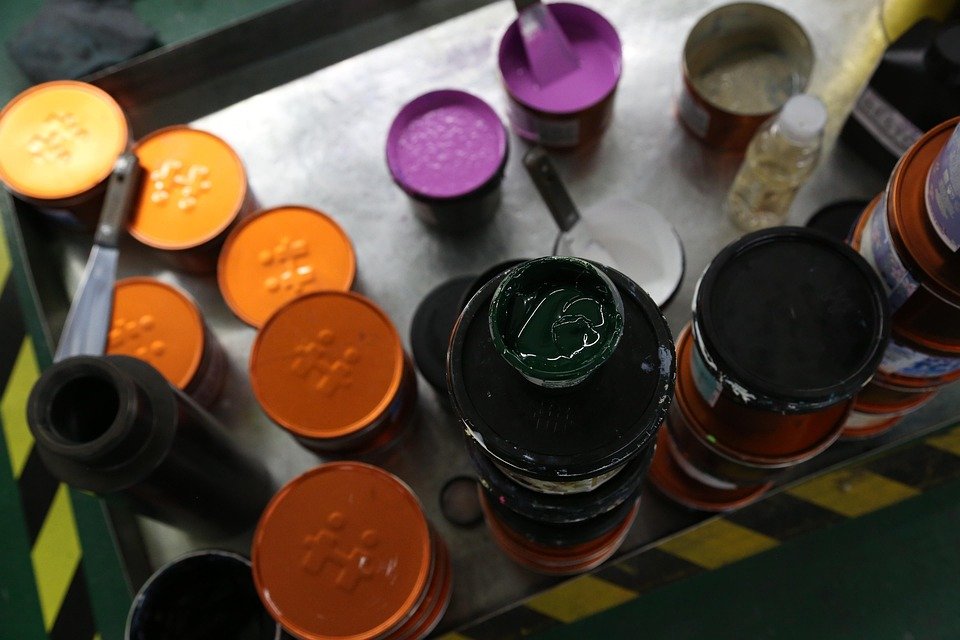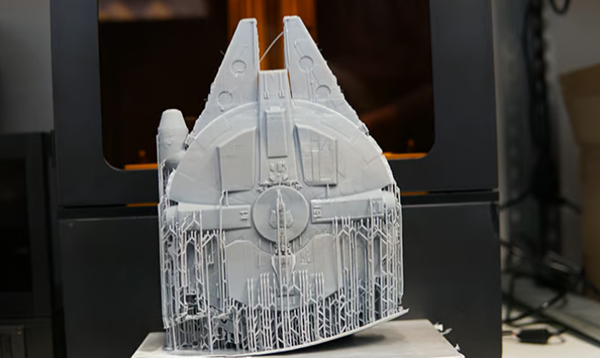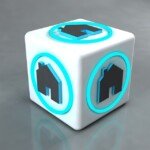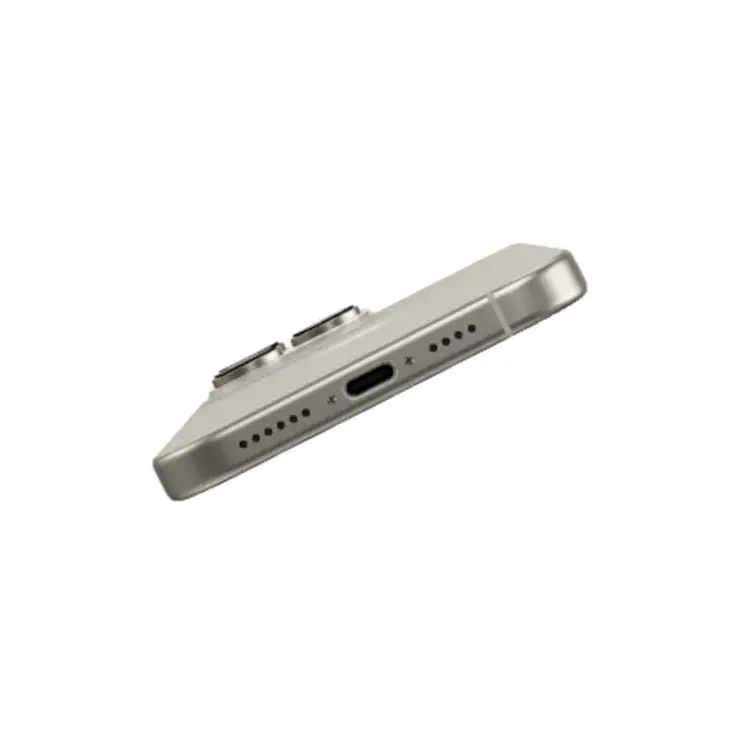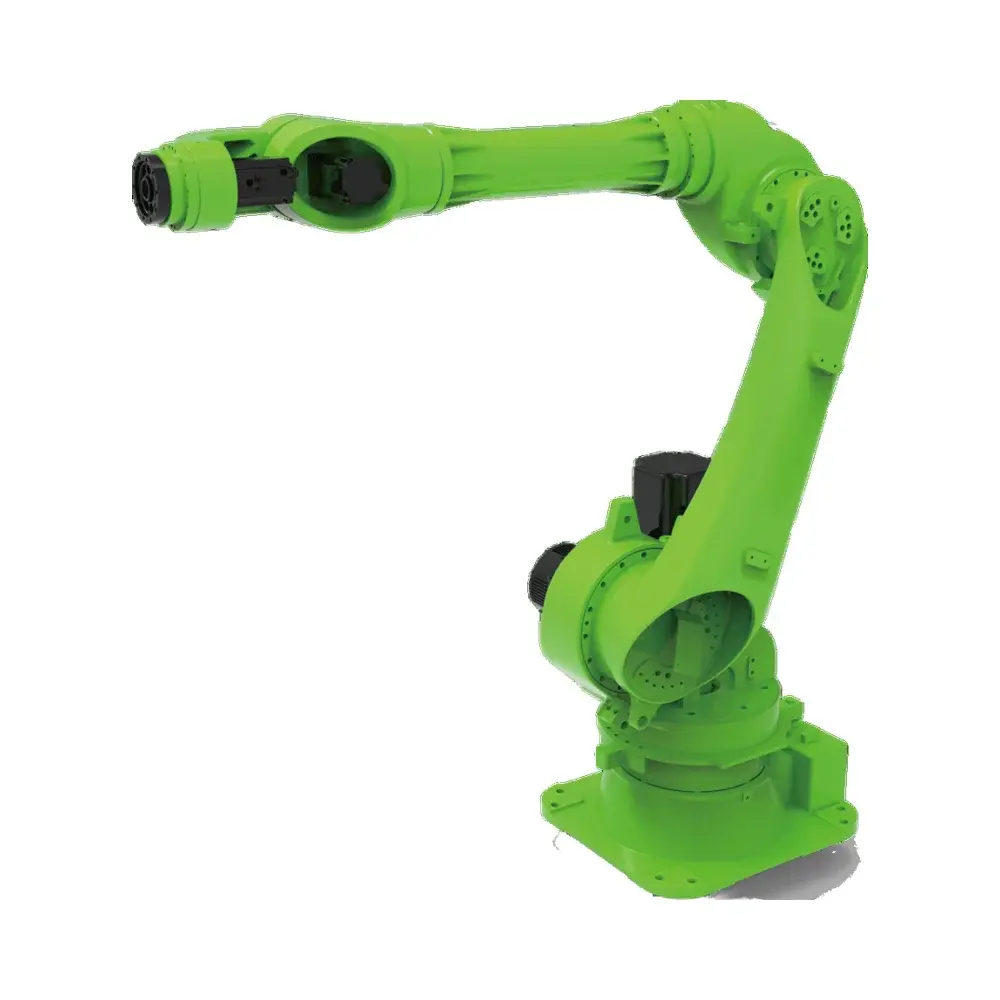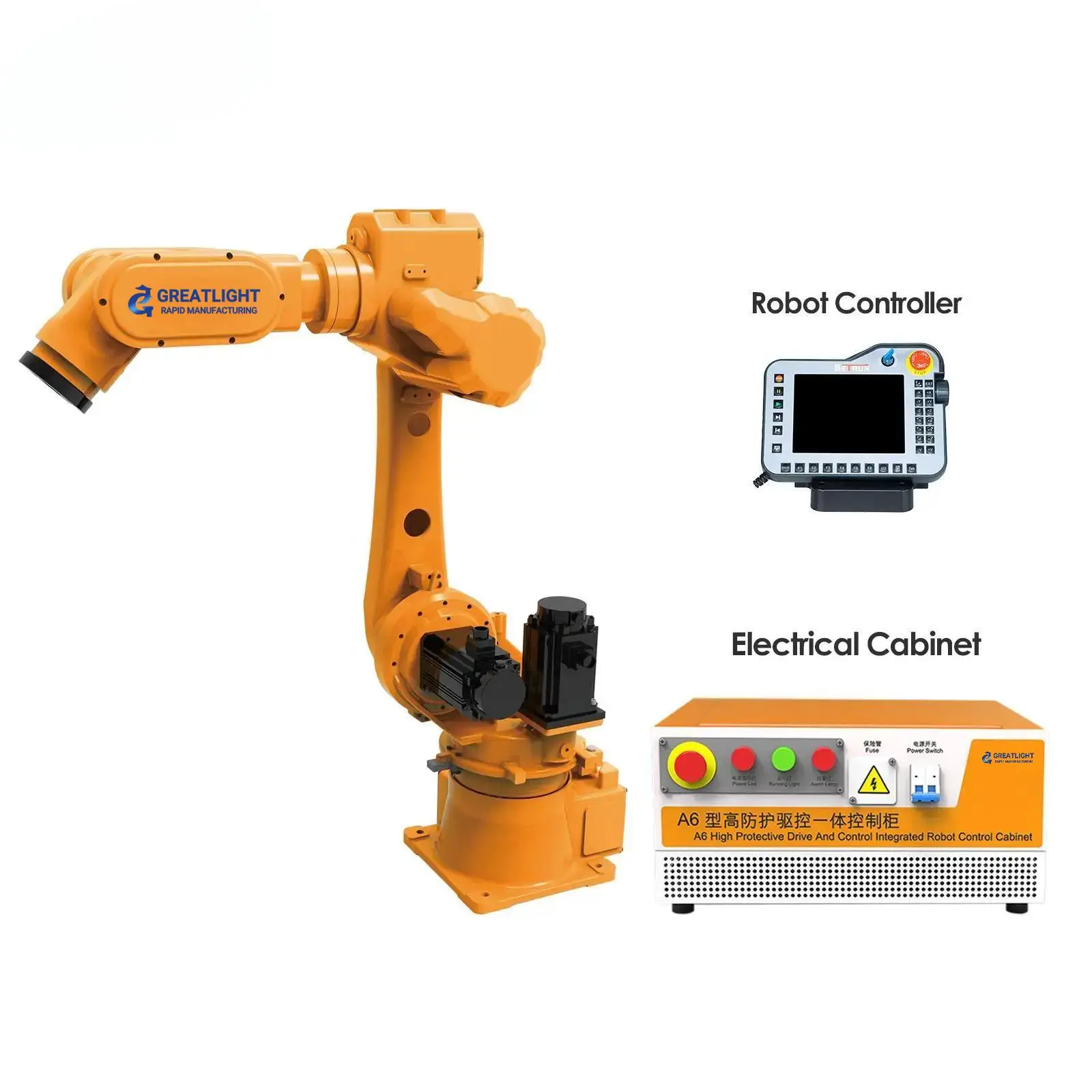Unraveling the Complexity of SLA 3D Printing Failures: A Deep Dive into Troubleshooting Techniques
Section 1: Fundamental Challenges in SLA Resin Printing
Stereolithography (SLA) 3D printing transforms liquid photopolymer resins into intricate solid objects through ultraviolet light precision, yet this advanced process remains vulnerable to complex failure modes. When print adhesion fails or critical components detach during fabrication, these complications often stem from a convergence of mechanical forces, chemical properties, and environmental variables. Understanding the interplay between peel forces, resin viscosity, interface integrity, and geometric stresses forms the foundation for effective troubleshooting. This section addresses the primary failure modes that disrupt successful SLA fabrication, providing engineers and technicians with a robust framework for diagnostic analysis.
The Physics of Resin Adhesion
The fundamental mechanism behind SLA failures involves competing adhesion forces at both the build plate interface and the resin vat bottom. During each layer separation cycle, controlled forces—known as peel forces—exert pressure on freshly cured layers. These forces can reach critical thresholds when surface tension, resin viscosity, or interface properties aren’t optimized. Modern SLA systems employ tilting resin vats specifically to mitigate peel forces in certain spatial zones, creating gradients across the build plate where force intensity varies significantly. Strategic model positioning in these reduced peel force zones substantially improves first-layer adhesion and overall print stability.
Problem Section 2: Critical Failure – Print Detachment From Build Plate
When prints refuse to adhere to the build plate, the failure manifests in several distinctive ways: hardened resin discs stuck to vat bottoms, partially cured slurry, or models completely dislodged during printing. This multi-faceted challenge demands systematic investigation across hardware, materials, and environmental domains.
Comprehensive Diagnostic Matrix for Print Plate Adhesion
1. Spatial Positioning Optimization
Exploit peel force gradients using your printer’s calibration tools to position models in minimal peel force zones. For printers featuring tilt mechanisms in resin vats, the force distribution varies across the XY plane—aligning critical model sections with low-stress regions significantly reduces detachment risks.
2. Advanced Plate Leveling Protocols
Unlike apparent similarities with FDM 3D printing troubleshooting, SLA plate leveling requires micron-level precision and specialized calibration routines:
- Perform Z-axis resets after every fifth print cycle
- Validate plate parallelism using dial indicators
- Implement "step tests" with calibration matrices to identify high-tolerance zones
Uneven leveling creates resin curing inconsistencies visible as translucent negative layers in failed prints. Newer printers feature laser-assisted auto-leveling while manual systems require distilled alcohol-cleaned surfaces before calibration.
3. Thermal Management Systems
Resin viscosity follows Arrhenius dynamics where temperature variations exponentially impact fluid properties:
- Maintain resin at 28-32°C (±1°C) using heated chambers
- Preheat resin vats using controlled warming trays before printing
- Monitor ambient humidity below 40% RH to prevent monomer contamination
Cold resin (below 25°C) exhibits poor cross-linking efficiency leading to weak interlayer bonds. Industrial systems integrate Peltier-cooled resin vats for exotherm management during extended prints.
4. Interface Layer Integrity Assessment
The PDMS (polydimethylsiloxane) interface layer at the vat bottom degrades through cumulative UV exposure and mechanical stress:
- Inspect for cloudy formations and micro-abrasions under polarized light
- Replace PDMS films after 60-80 print hours
- For microfracture repair, apply silicone-based refill solutions like SoraSil
Synchronize vat rotations if using multiple resin tanks to distribute wear evenly across interfaces.
5. Resin Filtration and Degasification Protocols
Contaminant management involves a two-phase process:
- Macro-filtration: 25μm stainless steel mesh filters for cured fragments
- Vacuum degassing: 10-minute cycles at 0.8ATM to remove micropores and air inclusions
Implement inline filtration systems for continuous particle removal during longer prints using peristaltic resin circulation pumps.
6. Build Plate Surface Engineering
Grind plates using progressive grit sequences (P400 → P1200) followed by micromesh polishing. Post-processing treatments that enhance plate adhesion include:
- Alkaline etching for stainless steel plates
- Nanotexturing through laser ablation
- Silane coupling agent application for improved monomer bonding
Validate adhesion strength objectively using peel testers capable of measuring 0-100N forces.
Problem Section 3: Structural Failure – Collapsing Prints and Supports
When printed elements detach mid-process or supports catastrophically fail, the collapse signature appears as shifted layer stacks or free-floating cured fragments. This complex failure mode results primarily from excessive peel forces overcoming structural element strength.
Advanced Stabilization Techniques
1. Hydraulic Flow Dynamics Implementation
Hollowing strategies must incorporate computational fluid dynamics principles:
- Place drain holes at high-pressure zones (edges/corners) rather than geometric centers
- Implement 2-stage drainage with 2mm primary and 4mm secondary vents
- Calculate resin viscosity-to-drainage ratios using Bernoulli-derived models
For highly complex enclosed cavities, integrate sacrificial interior lattices that collapse during post-processing solvent washing.
2. Support Engineering Fundamentals
Optimized support architectures require stress-distribution calculations:
- Utilize machine learning-driven support generators
- Apply finite element analysis to predict flexural failure points
- Increase tip diameters (≥0.6mm) with 200-300μm contact depth
- Implement fractal branching mid-support architectures
For military-grade printers, piezoelectric vibration analysis during support bonding tests structural integrity non-destructively.
Advanced Print Orientation Mechanics
Model positioning constitutes an engineering optimization challenge with multiple variables:
- Force Distribution Optimization: Position high-mass components near build plate anchor points
- Fresnel Peel Force Calculation: Employ angular considerations (θ) where peel stress ∈ cos(θ)
- Cupping Effect Elimination: Rotate concave surfaces >45° from XY plane with supplementary drain channels
- Island Suppression: Redesign geometries with contextual overhangs ≤30° to minimize discrete support islands
Sophisticated slicers like Materialise Magics integrate multiphysics simulation engines to automatically generate optimized orientations.
Real-Time Failure Detection Systems
Integrate IoT-enabled process control solutions:
- Piezoelectric layer adhesion monitors
- Computer vision layer-comparison algorithms
- Photo-rheometry for continuous resin viscosity measurement
These systems permit real-time parameter adjustments during critical print phases when adhesion issues initiate.
Engineering-Centric Preventative Framework
Successful SLA printing transforms troubleshooting into predictive process control through:
- Four-Dimensional Printing Diaries: Record spatial positioning, resin temperatures, seasonal humidity, and machine vibration data across prints
- Statistical Process Control Modules: Implement Six Sigma control charts for peel force measurements and adhesion strength
- Photopolymer Health Monitoring: Utilize UV-Vis spectroscopy to quantify monomer conversion efficiency indicating resin degradation
This comprehensive methodology elevates failure analysis from reactive troubleshooting to predictive process control. By mastering the nuanced relationships between peel physics, material science, and geometric thermodynamics, manufacturers achieve unprecedented first-print success rates regardless of model complexity.
Engineering Insight: Cutting-edge research reveals that localized vat temperature modulation using microfluidics demonstrates 82% reductions in critical peel forces—a technique likely to redefine next-generation SLA hardware interfaces. These innovations demonstrate how SLA troubleshooting continues evolving as innovation transforms failures into engineering milestones rather than endpoints.
